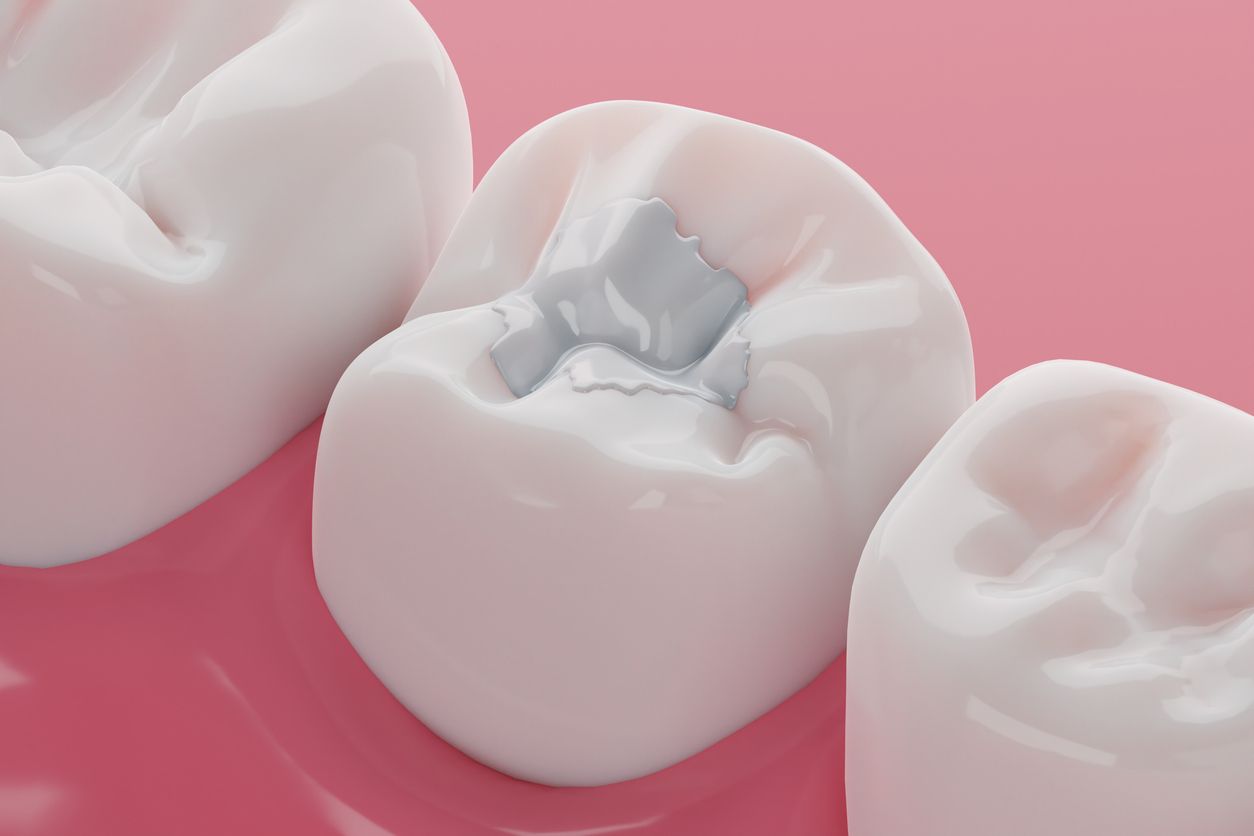Fillings are a common dental restoration and your Framingham dentist is highly experienced at repairing teeth with this method.
The procedure begins by numbing the area around the affected tooth, followed by the removal of the decayed portion of the tooth. If your restoration is not targeting decay but only minor damage, you may not need a numbing agent at all. This is a conversation you and your dentist will have before the procedure begins to ensure that you are comfortable with how things will progress.
Because of their composition – a liquid resin embedded with finely ground glass particles – composite fillings can be placed on a tooth in thin layers, which preserves more of the natural tooth and slowly forms the final filling. By also blending into the tooth structure, composite fillings check both the functional and aesthetic boxes, which makes them especially appealing as a restoration for more visible tooth defects or decay.
Once the composite has been hardened and cured with a special blue light – a step that takes only seconds – the filling will be smoothed and polished to a high shine that reflects the beauty of natural enamel and results in a strong, smooth, conservative, invisible restoration. Your dentist will also check your bite to ensure that it is comfortable and no part of the filling is noticeable.




